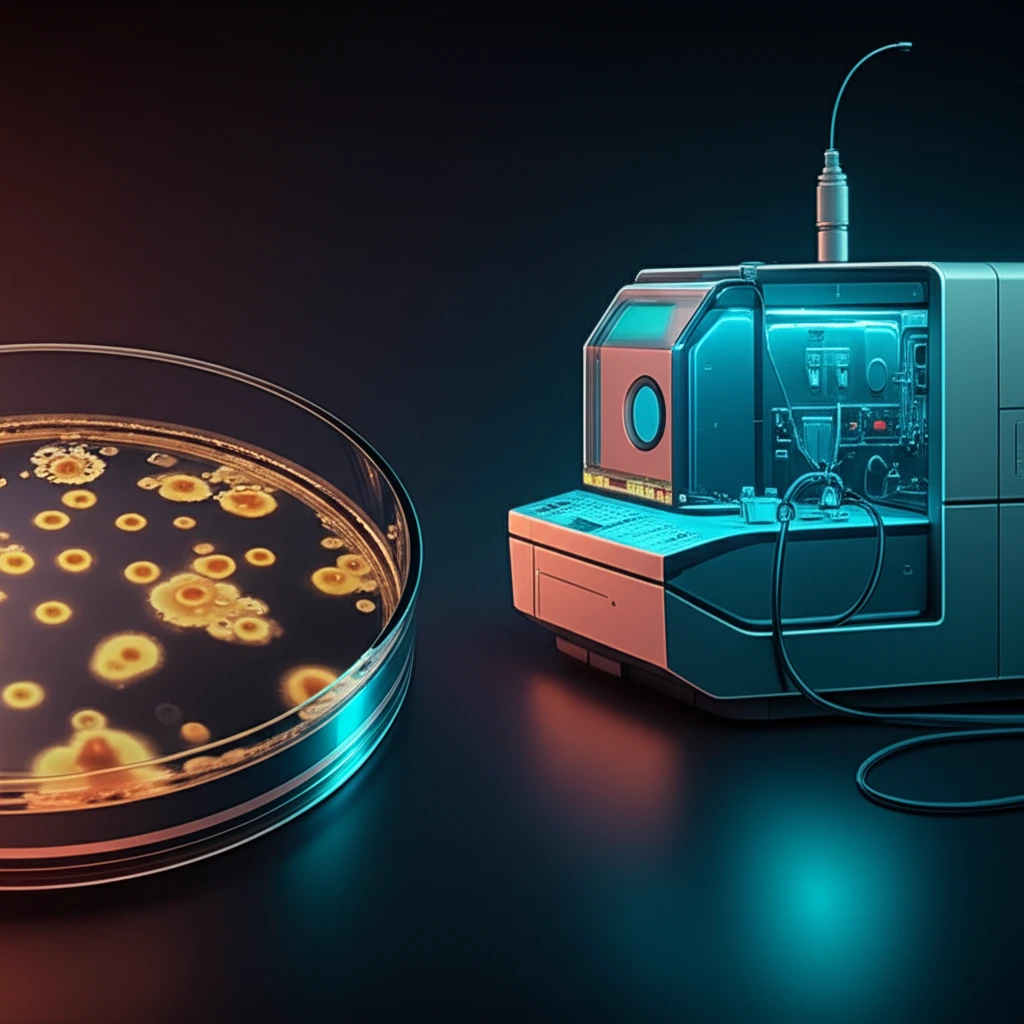
Is Your Antifungal Treatment Working? Comparing Methods to Test Fluconazole Resistance
"A new study evaluates rapid testing methods for Fluconazole susceptibility in Candida albicans, offering quicker insights into treatment effectiveness."
Oropharyngeal candidiasis, commonly known as thrush, frequently affects individuals with compromised immune systems. Candida albicans is often the culprit behind this condition, leading to discomfort and potential complications. Effective treatment is essential to manage the infection and prevent it from spreading.
Fluconazole is a widely prescribed antifungal medication used to combat Candida infections. However, some Candida strains exhibit resistance to Fluconazole, making treatment challenging. Clinicians often face a dilemma: should they initiate Fluconazole therapy immediately, or wait for susceptibility test results to confirm the drug's effectiveness?
Traditional susceptibility testing methods, like microdilution (MD), can be time-consuming, delaying treatment decisions. This article delves into a study comparing rapid flow cytometry (FCM) and disc diffusion (DD) methods against the reference microdilution (MD) method for Fluconazole susceptibility testing in Candida albicans isolates. Understanding these methods can lead to more informed and timely treatment strategies.
Decoding the Methods: How to Test Fluconazole Susceptibility?

The study evaluated 37 Candida albicans isolates using three methods: microdilution (MD), flow cytometry (FCM), and disc diffusion (DD). The goal was to determine how well the rapid methods (FCM and DD) aligned with the traditional MD method in assessing Fluconazole susceptibility.
- Microdilution (MD): This reference method involves growing Candida isolates in microplates with varying Fluconazole concentrations. After 24 hours, the minimum inhibitory concentration (MIC), the lowest concentration preventing growth, is visually determined.
- Flow Cytometry (FCM): This rapid method assesses the effect of Fluconazole on Candida cells after only 4 hours. Cells are stained with propidium iodide (PI), a dye that enters cells with damaged membranes. FCM measures the fluorescence intensity, indicating the extent of cell damage and Fluconazole's effectiveness.
- Disc Diffusion (DD): This method involves placing Fluconazole-impregnated discs on agar plates inoculated with Candida. After 24 hours, the zone of inhibition around the disc, where Candida growth is inhibited, is measured. The size of the zone indicates the susceptibility of the isolate to Fluconazole.
The Verdict: Which Testing Method Reigns Supreme?
The study revealed that FCM showed excellent agreement with the MD method, providing comparable results in just 4 hours. This rapid turnaround time can be invaluable for clinicians needing to make prompt treatment decisions. The DD method also demonstrated good agreement with MD, making it a simple and reliable screening test for Fluconazole susceptibility.
While FCM offers speed and accuracy, it can be labor-intensive when dealing with numerous samples. DD, on the other hand, is inexpensive and easy to perform, making it suitable for large-scale surveys. However, caution is advised when interpreting resistant results from DD, as they may not always align with MD findings.
Ultimately, the choice of testing method depends on the specific clinical setting and available resources. FCM provides rapid and reliable results for individual patient management, while DD serves as a cost-effective screening tool for monitoring Fluconazole susceptibility trends in larger populations. By understanding the strengths and limitations of each method, clinicians can optimize antifungal treatment strategies and improve patient outcomes.
